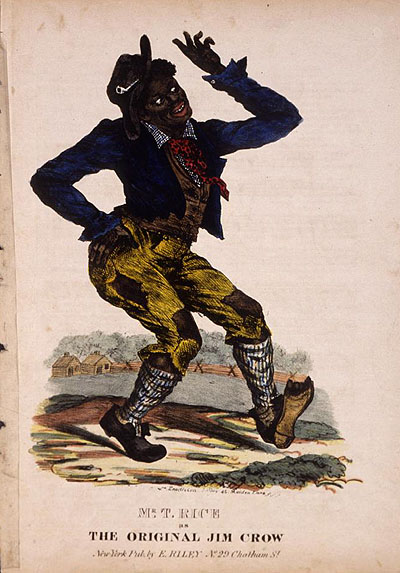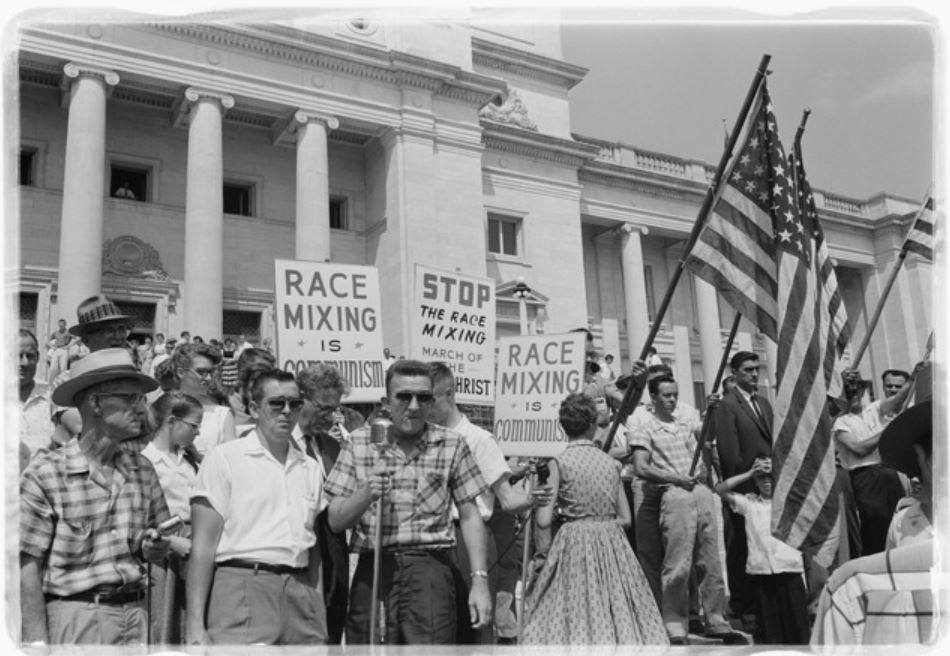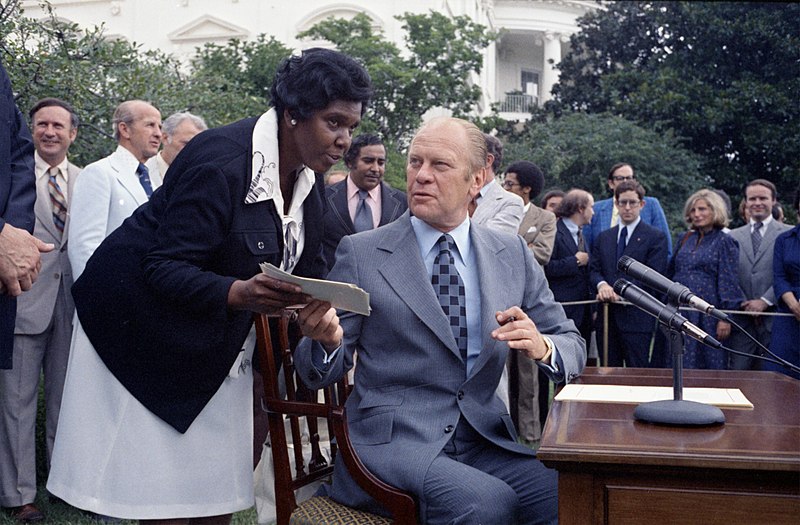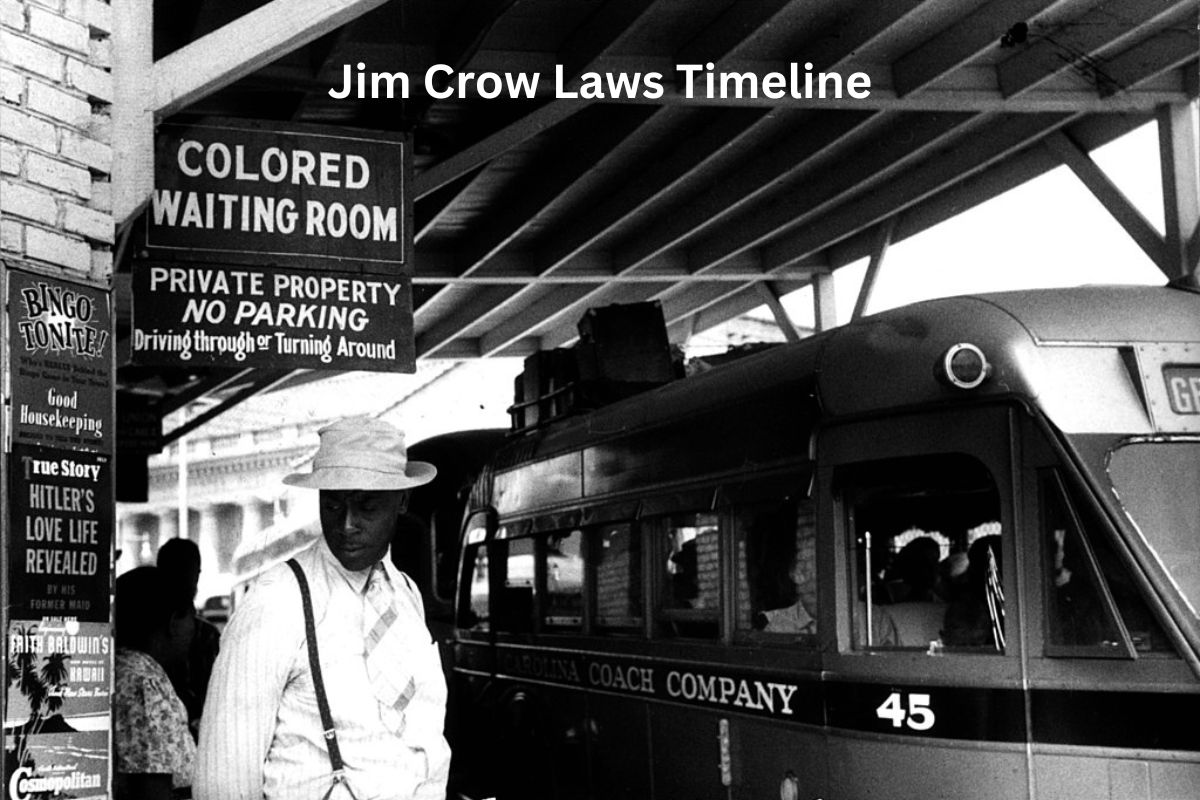The Jim Crow Laws were a set of racial segregation and discrimination laws that prevailed primarily in the Southern United States from the late 1800s to the mid-20th century.
Named after a minstrel show character, these laws systematically enforced racial separation, relegating African Americans to separate and unequal facilities, services, and opportunities from their white counterparts.
The Jim Crow era represented a deeply unjust period marked by legal segregation, disenfranchisement, and racial inequality, ultimately igniting a significant civil rights struggle to dismantle these discriminatory practices and promote equality.
| Year | Event |
|---|---|
| 1865-1877 | Reconstruction Era after the Civil War. |
| Late 1800s | Rise of Jim Crow laws with racial segregation in the South. |
| 1896 | Plessy v. Ferguson establishes “separate but equal” doctrine. |
| Early 1900s | Widespread enactment and enforcement of Jim Crow laws. |
| 1950s-1960s | Civil Rights Movement challenges segregation and discrimination. |
| 1954 | Brown v. Board of Education declares school segregation unconstitutional. |
| 1964 | Civil Rights Act outlaws discrimination in public places and employment. |
| 1965 | Voting Rights Act addresses voting barriers for African Americans. |
| Late 1960s-Present | Progress in dismantling racism through legislation and activism. |
Timeline of the Jim Crow Laws
1865-1877 – Reconstruction Era after the Civil War
The Reconstruction Era emerged after the American Civil War as a pivotal period aiming to rebuild the Southern states and integrate formerly enslaved African Americans into society.
This period was characterized by efforts to establish civil rights and equality for the newly freed population.

The 13th Amendment, ratified in 1865, abolished slavery, followed by the 14th Amendment in 1868, which granted equal protection under the law to all citizens, and the 15th Amendment in 1870, which prohibited racial discrimination in voting rights.
While Reconstruction made significant strides in advancing civil rights, it eventually faced backlash from Southern whites opposed to these changes.
Late 1800s – Rise of Jim Crow laws with racial segregation in the South
The late 19th century witnessed the rise of Jim Crow laws in the Southern United States. These laws systematically enforced racial segregation and discrimination against African Americans.
Also Read: Timeline of Segregation
They mandated separate facilities for Black and white citizens, including schools, transportation, restrooms, and public spaces.
Jim Crow laws were designed to reinforce white supremacy, maintain social and economic inequality, and prevent any form of integration between the races. These laws imposed barriers that limited African American individuals’ opportunities, mobility, and access to resources.
1896 – Plessy v. Ferguson establishes “separate but equal” doctrine
In 1896, the U.S. Supreme Court rendered a landmark decision in Plessy v. Ferguson. This case solidified the “separate but equal” doctrine, which allowed racial segregation as long as the facilities provided were considered equal.
Homer Plessy, who was of mixed race, challenged a Louisiana law mandating segregated train cars. The Court’s decision upheld this segregation, effectively validating racial separation as long as it was supposedly balanced.
This ruling entrenched segregation as a legal concept, contributing to the institutionalization of inequality.

Early 1900s – Widespread enactment and enforcement of Jim Crow laws
During the early 20th century, Jim Crow laws became deeply entrenched in Southern society. These laws encompassed various aspects of life, segregating public spaces, facilities, and services based on race.
This era also saw the implementation of discriminatory practices, such as literacy tests and poll taxes, intended to suppress the voting rights of African Americans.
These measures disproportionately affected Black citizens, effectively disenfranchising them and perpetuating the unequal power dynamics established during slavery.
1950s-1960s – Civil Rights Movement challenges segregation and discrimination
The Civil Rights Movement emerged as a response to the persistent racial segregation and discrimination faced by African Americans. Activists, leaders, and ordinary citizens rallied against systemic racism and fought for equal rights.
During this era, figures like Martin Luther King Jr., Rosa Parks, Malcolm X, and many others led efforts to challenge segregation through nonviolent protests, marches, and civil disobedience.
The movement gained momentum and drew international attention, pressuring the government to address racial inequality.
1954 – Brown v. Board of Education declares school segregation unconstitutional
The case of Brown v. Board of Education became a pivotal moment in the fight against segregation. In this landmark Supreme Court decision, racial segregation in public schools was declared unconstitutional.
The Court’s unanimous ruling overturned the “separate but equal” doctrine established in Plessy v. Ferguson and highlighted the psychological harm caused by segregation.
The decision set the stage for desegregation in schools and challenged the deeply rooted notion of “separate but equal” facilities.

1964 – Civil Rights Act outlaws discrimination in public places and employment
The Civil Rights Act of 1964 stands as a significant piece of legislation that aimed to dismantle segregation and discrimination on a broader scale. It prohibited discrimination based on race, color, religion, sex, or national origin in public places, schools, and employment.
The Act sought to address inequalities that had persisted for decades and established the Equal Employment Opportunity Commission (EEOC) to enforce its provisions. This legislation marked a major step toward eradicating institutionalized discrimination.
1965 – Voting Rights Act addresses voting barriers for African Americans
The Voting Rights Act of 1965 was a response to widespread efforts to suppress African American voting rights, particularly in the South. It aimed to remove the barriers that had prevented Black citizens from exercising their right to vote.
The Act authorized federal oversight of voting practices in areas with a history of racial discrimination. This legislation, along with subsequent amendments, has been crucial in ensuring that marginalized communities have equitable access to the democratic process.
Late 1960s-Present – Progress in dismantling racism through legislation and activism
In the decades following the Civil Rights Movement, the United States has seen significant progress toward dismantling racism and promoting equality.
Laws like the Fair Housing Act of 1968 aimed to combat housing discrimination, while affirmative action initiatives sought to address historical disparities.
However, challenges remain as systemic racism persists in various forms, impacting education, criminal justice, economic opportunities, and more. Ongoing advocacy, social awareness, and policy changes continue to shape the nation’s journey toward a more just and equitable society.
